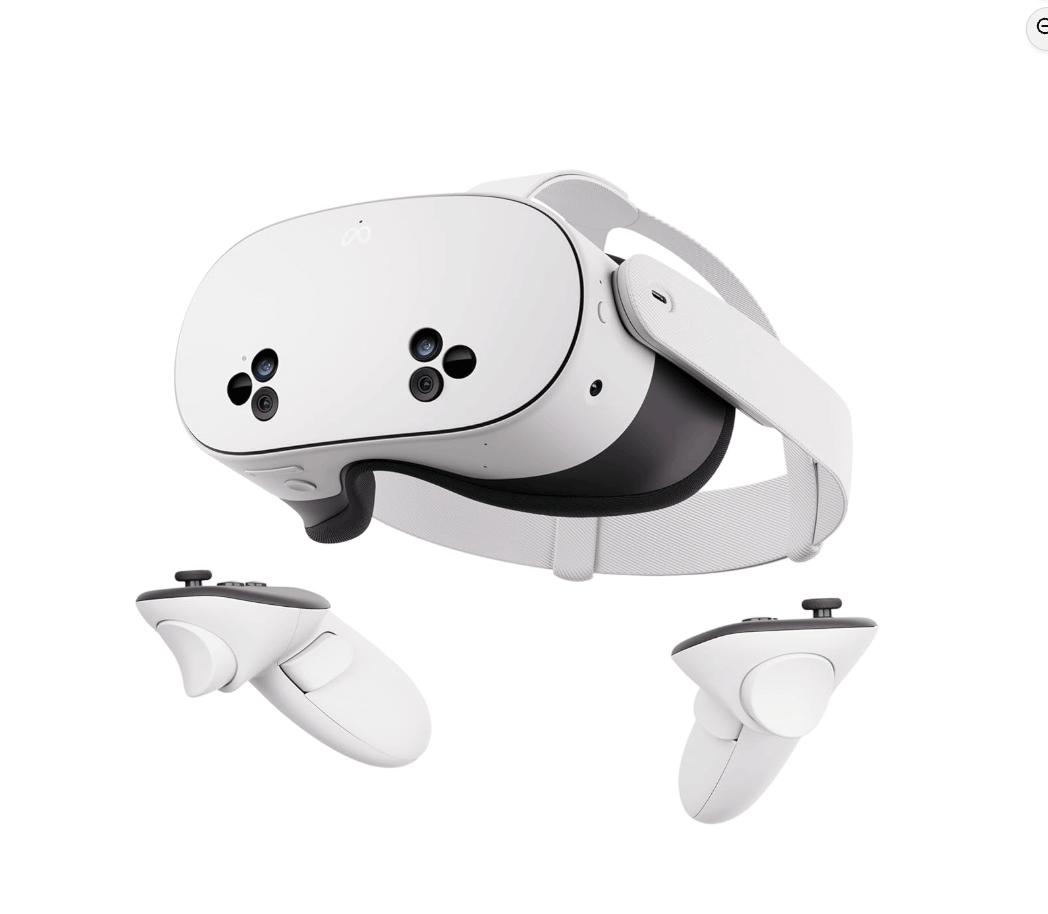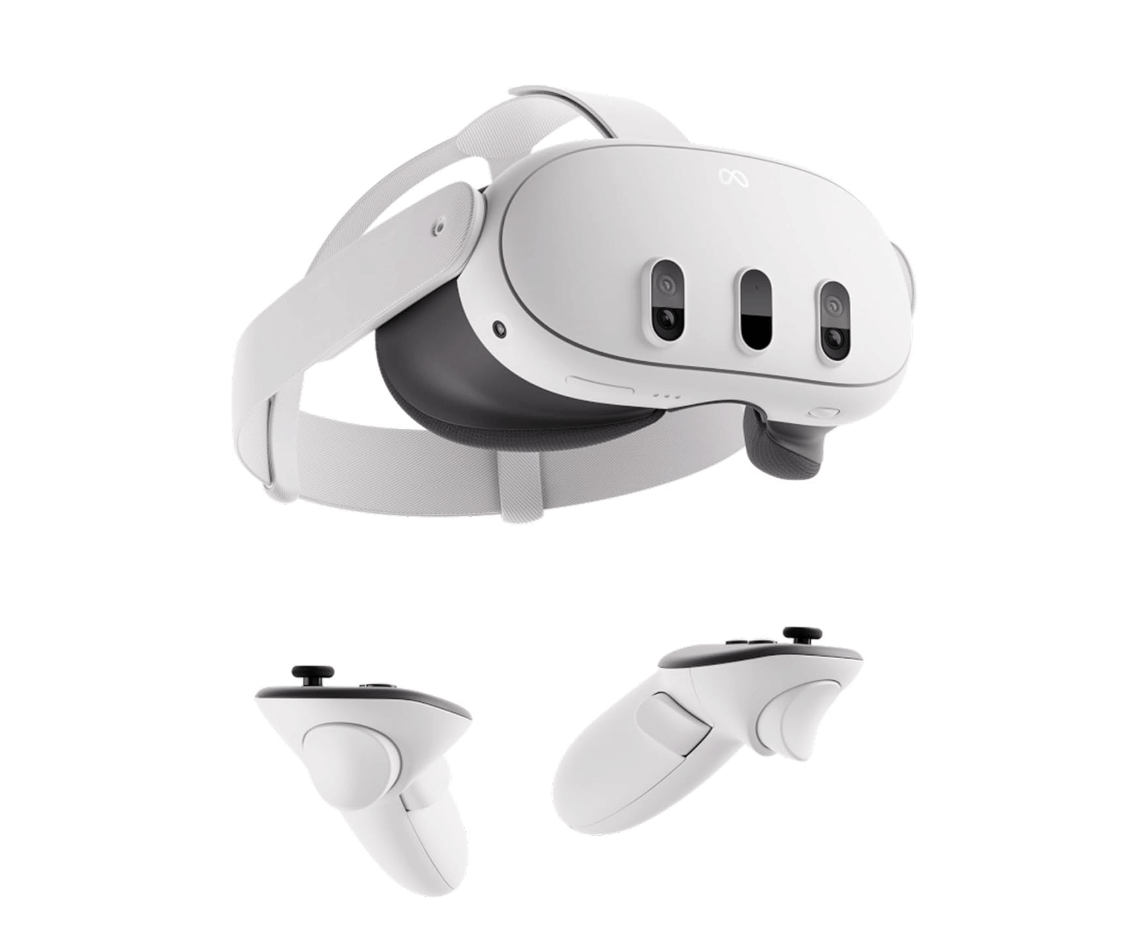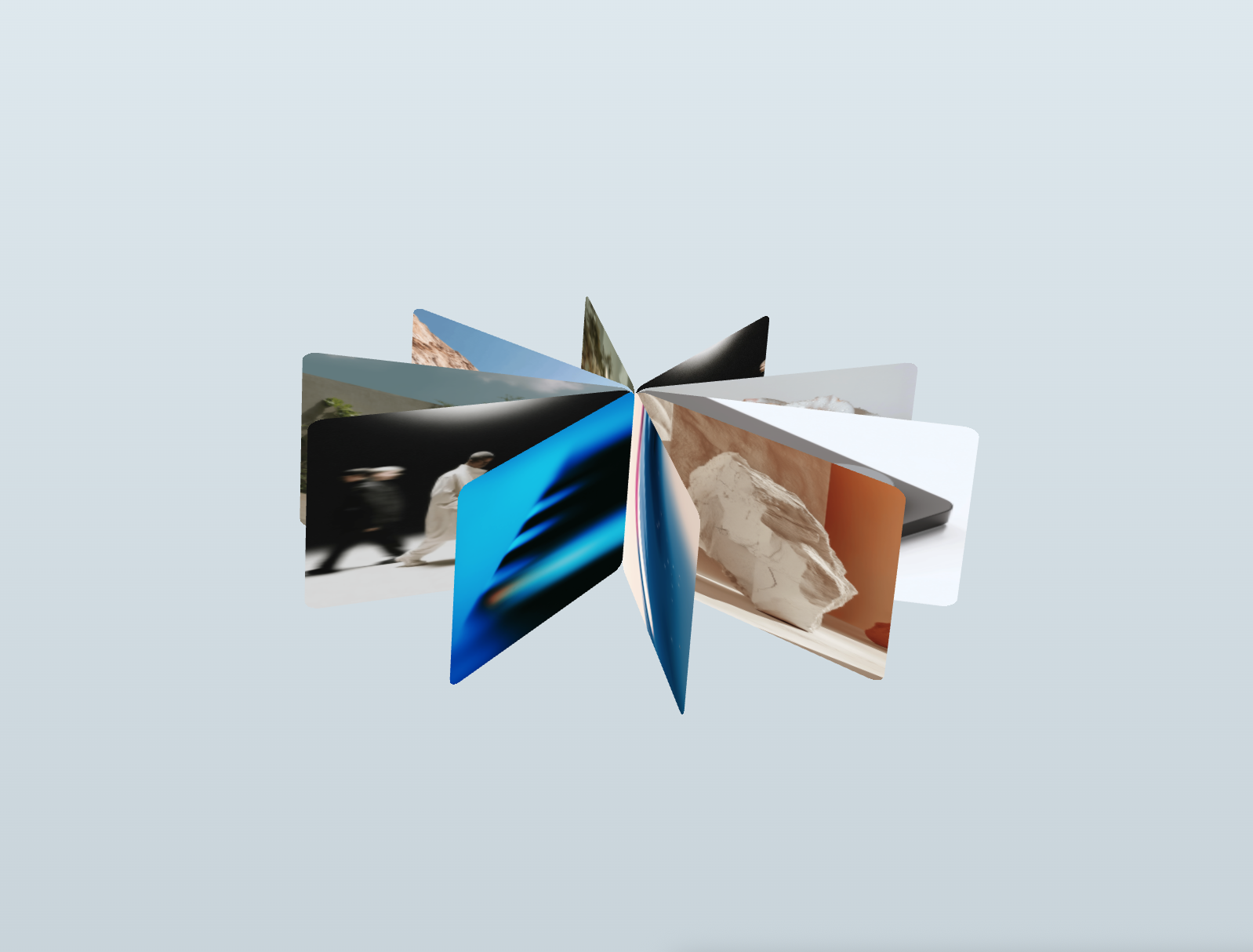Latest Marketplace Products
Navigating the Three.js Resources Directory by Category

When you first dive into Three.js Resources, the sheer amount of tools, tutorials, and libraries can feel overwhelming. But the key to leveling up is knowing which resources fit your project type.
In this post, we’ll walk through the major categories in the Three.js Resources directory and highlight some of the most valuable tools in each.
1. Models & Textures
Every great 3D scene starts with assets. Whether you’re prototyping or building production-ready projects, having access to high-quality models and textures is essential.
- AmbientCG – Free, PBR-ready textures with a CC0 license.
- Polyhaven – Free HDRIs, models, and textures, also CC0 licensed.
- TurboSquid – Premium, high-quality 3D models for professional projects.
- Sketchfab – Huge marketplace with both free and paid models, easily exportable as glTF.
If your project relies heavily on visuals, this category is your first stop.
2. Shaders & TSL (Three.js Shading Language)
Shaders are where Three.js projects go from “basic” to artistic and unique. The directory features several tools to learn, prototype, and master shaders:
- Gmshaders – A curated shader library.
- Shaders.app – A live-coding environment for experimenting with GLSL.
- ShaderToy – The most famous platform for community-driven shader experiments.
- The Book of Shaders – A must-read interactive guide to learning GLSL.
- TSL resources – Dive into Three.js Shading Language (TSL), the new modern approach to shaders in Three.js.
Perfect for developers who want to go beyond defaults and create custom materials, effects, and generative art.
3. Physics Engines
If your scene needs realism—falling objects, collisions, fluid simulations—you’ll need a physics engine. The directory lists several popular options:
- Ammo.js – A port of the Bullet physics engine.
- Rapier – High-performance physics in Rust/WebAssembly.
- Cannon.js – Classic physics engine, widely used in games.
- Oimo.js – Lightweight alternative for simple physics.
These tools are essential for games, simulations, and VR/AR projects.
4. React Integration
Three.js integrates beautifully with React through React Three Fiber (R3F), making it possible to manage 3D scenes declaratively.
- React Three Fiber – The standard React renderer for Three.js.
- Drei – A helper library full of ready-made components (cameras, controls, loaders, etc.).
If you’re building modern web apps, this category saves hours of boilerplate.
5. VR/AR & WebXR
The web is moving toward immersive experiences, and Three.js is at the center of this shift.
- A-Frame – HTML-based framework for building VR/AR apps on top of Three.js.
- WebXR resources – From controllers to headset optimizations, these tools ensure your projects are ready for VR/AR devices.
Ideal for experimenting with immersive storytelling, education, and games.
Conclusion
The Three.js Resources directory is a treasure chest—but only if you know where to look. By browsing categories like Models & Textures, Shaders, Physics, React integration, and VR/AR, you can jump straight to the right tool for your project.
Next time you’re stuck, ask yourself: what’s the missing piece—assets, shaders, physics, integration, or immersion?Chances are, the directory has exactly what you need.


